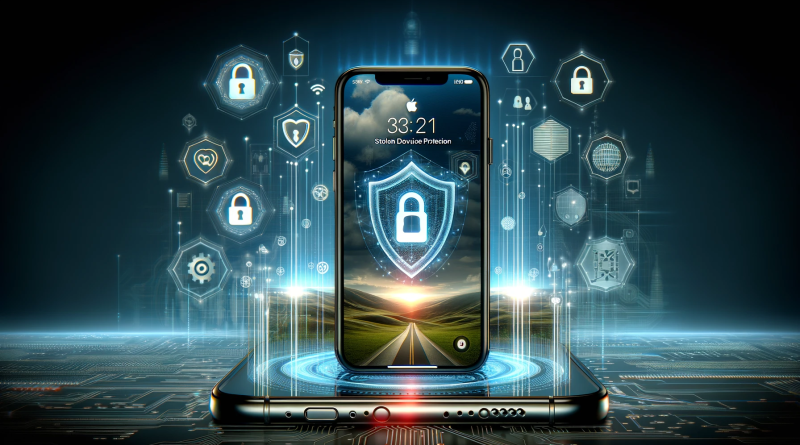Apple’s Latest iOS 17.3 Update Introduces Stolen Device Protection to Enhance iPhone Security
Apple has released a new security update, iOS 17.3, designed to bolster the security of iPhones in the event of theft. This update introduces the Stolen Device Protection feature, which adds extra layers of security to prevent unauthorized access to sensitive information on stolen iPhones.
iPhones, known for retaining their value and ubiquitous presence, are prime targets for thieves. If a thief manages to decipher an iPhone’s passcode, they gain access not just to the device but also to the owner’s personal data, including passwords, files, apps, and even bank accounts. The new Stolen Device Protection feature aims to counter this threat by introducing additional authentication steps based on the iPhone’s location.
The feature operates under the premise that if a phone is stolen and taken to an unfamiliar location, the chances of malicious intent are higher. Therefore, if a thief attempts to access stored passwords, payment details, or disable critical features like Find My or change the Apple ID password at an unfamiliar location, they will be required to pass multiple layers of authentication. This includes Face ID or Touch ID checks, and in some cases, a time delay before a second authentication attempt can be made.
Stolen Device Protection is designed to be non-intrusive for the legitimate user. It should not trigger additional checks in locations deemed “familiar” by the iPhone, such as home or work. However, early reports indicate that the feature may take several days to accurately learn and adapt to a user’s frequent locations, occasionally treating legitimate actions as suspicious.
To enable Stolen Device Protection, users must ensure their iPhone has a passcode and that Face ID or Touch ID is enabled. They must also activate the Significant Locations feature, which is essential for the new security feature to function correctly. This feature helps the iPhone determine “familiar” locations where additional security checks aren’t necessary.
Significant Locations records various places an iPhone has been, although not all these locations are considered “familiar” for the purposes of Stolen Device Protection. Apple assures users that this data is encrypted and stored only on the device, ensuring privacy.
The introduction of Stolen Device Protection in iOS 17.3 is a part of Apple’s ongoing efforts to enhance the security and privacy of iPhone users, particularly in scenarios where devices are stolen or misplaced. This update reflects the company’s commitment to adapting to emerging security challenges in the digital age.

